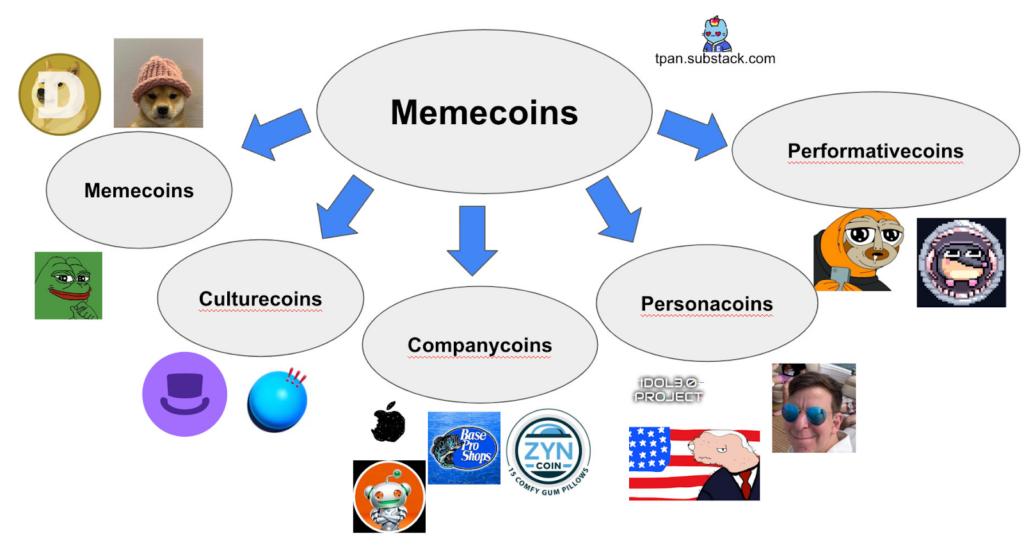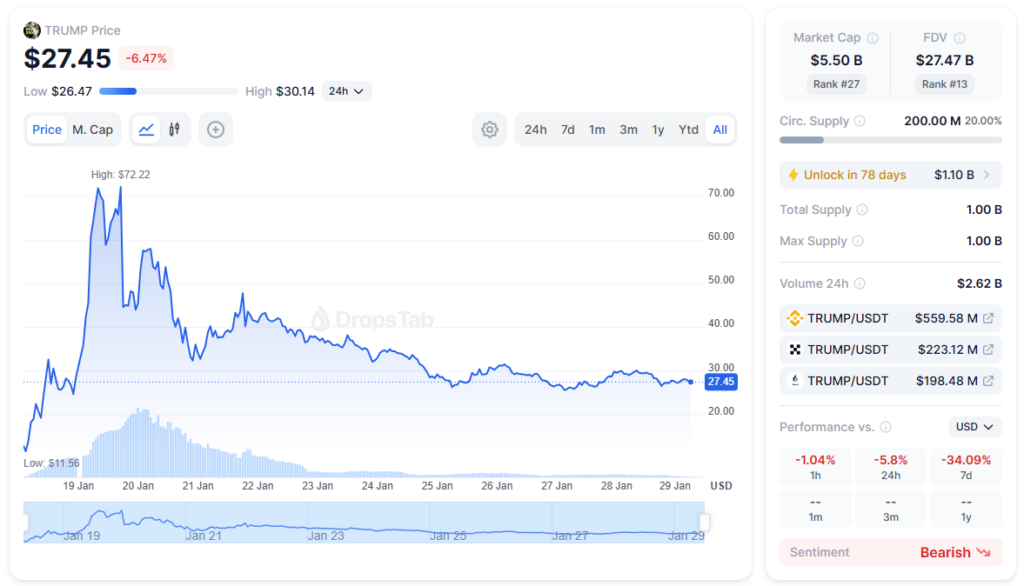How VINE Memecoin Is Transforming Marketing

On January 23, 2025, Rus Yusupov, co-founder of the viral video platform Vine, introduced the VINE memecoin. Unlike typical memecoins, VINE isn’t just about speculation—it’s an integral part of a larger marketing push to bring Vine back.
On this page
Vine was founded in June 2012 by Dom Hofmann, Colin Kroll, and Rus Yusupov as a six-second video sharing platform. In October 2012, Twitter acquired Vine, officially launching the app on January 24, 2013.
At the time, TikTok didn’t exist, making Vine the go-to platform for short-form video creators. By late 2015, Vine had over 200 million monthly active users.
Many internet personalities, including Logan Paul, Lele Pons, King Bach, Shawn Mendes, and David Dobrik, got their start on Vine before expanding to other platforms and businesses.
Despite its success, Vine was shut down in January 2017 as Twitter restructured to focus on profitability. The platform faded into obscurity. However, eight years later, on January 23, 2025, something unexpected happened—Rus Yusupov launched the VINE memecoin, sparking excitement in the crypto community.
Just 12 hours after launch, VINE’s market capitalization surged to $500 million. However, buyers struggled to sustain the rally, and soon after, the memecoin’s market cap plunged to $100 million. As of this writing, VINE’s market capitalization stands at $286 million.

The unexpected rise of VINE wasn’t just a stroke of luck. To truly understand who and what is driving the memecoin’s success, it’s important to look at its creator, Rus Yusupov, and the legacy of his once-iconic Vine platform.
Who Is Rus Yusupov? The Mind Behind Vine and HQ Trivia
Rus Yusupov is one of the co-founders of Vine, the short-form video hosting service acquired by Twitter in 2012 and later shut down in 2017. Despite Vine’s closure, Yusupov remained active in the tech world, developing digital content and media-focused ventures.
After leaving Twitter in late 2015, Yusupov founded HQ Trivia, an interactive live quiz app where players answered questions to win cash prizes. At its peak, HQ Trivia attracted a record-breaking 2.38 million concurrent players.

Why does Rus Yusupov’s background matter? It all comes down to his deep understanding of audience behavior. Yusupov knows how to create a product that goes viral and how to capture user attention. This expertise played a pivotal role in the launch of the VINE memecoin.
Memecoins are no longer just random tokens—they have evolved into legitimate financial instruments, often backed by substantial investment and strong community support. These tokens are strategically designed to align with trending narratives and cultural moments, leveraging viral marketing to fuel hype and market capitalization.
When someone like Yusupov re-enters the spotlight on X and launches a memecoin, it’s unlikely to be a scam or a short-term money grab. He has the experience, strategic vision, and reputation—assets he wouldn’t risk for quick profits. This leaves the crypto community asking: What’s Yusupov’s real motive for launching a memecoin?
VINE Memecoin: More Than Just Another Token
VINE is a memecoin that doesn’t fit neatly into traditional categories. Typically, memecoins are classified based on their inspiration—whether they stem from popular internet memes, cultural references, companies, or public figures.

Unlike standard corporate-backed tokens, VINE is directly connected to its creator, Rus Yusupov, the co-founder of Vine. To confirm his involvement, Yusupov personally recorded a video stating that he is behind the project, making VINE more than just a parody—it’s a statement.
A strong comparison can be made to the TRUMP token. Before Donald Trump launched his official memecoin, several projects used the TRUMP name, yet none had direct backing from the former president or achieved significant success. However, once Trump publicly endorsed his own token, it skyrocketed in popularity.

Rus took the same approach. As the creator of Vine, he launched the VINE memecoin, immediately giving it credibility among his audience. His direct involvement elevated the token beyond just another internet gimmick, adding real value to its appeal.
What makes VINE unique is its history and cultural legacy—something no other memecoin can claim. The content created on Vine during its peak years and the platform’s lasting influence on digital culture give it a nostalgic and recognizable brand.
Rus actively promotes VINE on his X account, regularly sharing links and joking about its price movements. His involvement adds a sense of legitimacy and transparency to the project—qualities often missing in the memecoin space.
Adding to the speculation, members of the X team (who still own Vine) have openly discussed the VINE token, suggesting that something significant may be happening behind the scenes. These aren’t just casual conversations among traders but discussions involving individuals with a genuine stake in the project’s future.
Meanwhile, Elon Musk, the current X, hinted at the possibility of reviving Vine within the platform. This only fuels further excitement around the VINE memecoin, making it one of the most talked-about tokens in the space.
VINE Memecoin as a Marketing Play for Vine’s Return
VINE isn’t just another memecoin—it appears to be a strategic component of a broader marketing plan leading up to Vine’s comeback. While the exact timing and details of Vine’s return remain unclear, several signs point to a coordinated effort. Beyond internal discussions at X about reviving Vine, some users have even spotted subtle hints about its potential relaunch within the X interface.
This could be the first time a memecoin is being used as a deliberate marketing tool by a major company.
Most memecoins are created to fuel hype around a joke, a cultural phenomenon, or an internet community. But VINE appears to serve a bigger purpose—it’s likely a calculated move to generate buzz, engage audiences, and build anticipation ahead of Vine’s return and its possible integration into the X ecosystem.
Given how quickly things are unfolding, this doesn’t seem like a long-term play—it’s more likely a matter of weeks, if not days. Rus, with his deep understanding of viral marketing and digital trends, knows exactly how to capitalize on attention and hype to create maximum impact, even if it’s short-lived.
VINE: The Best Marketing Campaign of 2025
If Vine makes a comeback, VINE could become the first real example of a memecoin being used as a strategic marketing tool to drive engagement and attract new users. Here’s why.
Massive Awareness and Vine’s Built-In Audience
Rus’s posts rack up millions of views, and the VINE memecoin already has over 140,000 holders on the Solana blockchain—not counting those holding it on centralized exchanges. This means that if Vine does return, it will launch with an army of dedicated supporters eager to spread the word.
Recently, Rus joined a live discussion on X Spaces, where the conversation drew 20,000 simultaneous listeners and a total of 303,000 participants. The buzz surrounding Vine’s potential comeback hasn’t gone unnoticed, with major media outlets picking up the story and fueling speculation.
Why Vine’s Return Makes Sense
Vine has one key advantage: nostalgic appeal, a powerful force that only grows stronger with time. Since shutting down in 2017, the platform has remained a beloved part of internet culture, and for many, its return represents not just a revival but a fresh opportunity to redefine short-form content.
This timing couldn’t be better. The social media landscape is shifting, with major platforms facing uncertainty—most notably, the potential TikTok ban in the U.S., with a decision expected by April 5, 2025.
In this scenario, X has the opportunity to bring in content creators who understand the importance of diversifying their platforms. This entire process mirrors a strategic play to bring Vine back into the spotlight, creating new avenues for growth and audience engagement.
Looking at former Vine stars like BatDad, it’s easy to see how nostalgia, combined with the rising momentum of the VINE memecoin, could serve as a catalyst for the platform’s revival and spark a new cultural movement.
Additionally, Rus holds 5% of the total VINE supply, which will remain locked until April 20, 2025. When the time comes, he has a few strategic options: he could burn the tokens to reduce inflation, sell them for profit, or use them to reward content creators on Vine. The latter could be a powerful move to attract more influencers and enhance the platform’s growth.
The content on The Coinomist is for informational purposes only and should not be interpreted as financial advice. While we strive to provide accurate and up-to-date information, we do not guarantee the accuracy, completeness, or reliability of any content. Neither we accept liability for any errors or omissions in the information provided or for any financial losses incurred as a result of relying on this information. Actions based on this content are at your own risk. Always do your own research and consult a professional. See our Terms, Privacy Policy, and Disclaimers for more details.
























